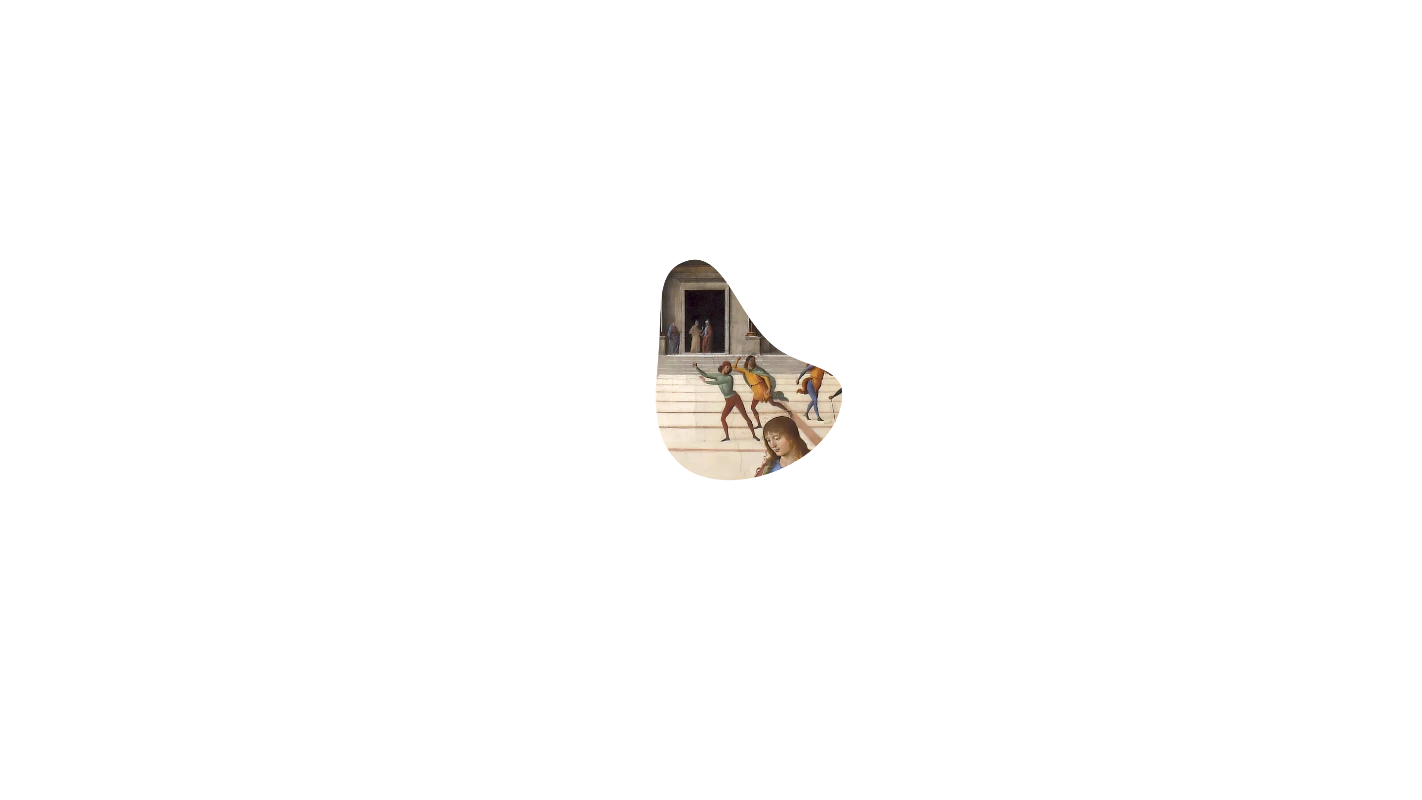There is little scholarly disagreement that the Missa Une mousse de Biscaye is either Josquin’s earliest or second-earliest setting of the mass (after the Missa L’ami Baudichon), probably written in France around 1475. It is based on a secular tune with a French and Basque text. The French word “mousse” in the title is derived from the Castilian word “moza,” meaning a lass; Biscaye is a province in the north of Spain, part of the Basque Country, with Bilbao as its capital. The original song is a dialogue between a young man, speaking in French, and a Basque girl, who replies to all his amorous proposals with the mystifying refrain “Soaz, soaz, ordonarequin.” The confusion in the lovers’ communication is held to explain the way the tune wanders about tonally—beginning in F, quickly cadencing in G, returning to F but ending eventually in B flat.
Inevitably for such an early work, Missa Une mousse de Biscaye is full of untypical details.
Inevitably for such an early work, Missa Une mousse de Biscaye is full of untypical details. For example, the Agnus Dei is an exact repeat of the Kyrie—unique in Josquin. There are some ungrammatical (by later standards) dissonances and resolutions, and Josquin’s setting also shares some of the modal uncertainty of the original, which sets its sound world apart from later works. Throughout the mass E naturals coexist with B flats, E flats with A naturals. This kind of awkwardness is customarily held to be a sign of immaturity by scholars. As a performer, I can vouch for how effective it can be, for example the entry of the altos at bar 64 of the Sanctus at “Pleni sunt caeli” on an E natural: it sounds edgy in the context, and is difficult to tune well, but has real frisson.

The chanson melody in this mass is treated quite loosely—appearing in all the voice parts at different times and with a variety of extensions to the original. It is these extensions which give the writing its fantasia-like charm, especially in the Credo which is unusually long by comparison with the other movements. It contains one of the most extreme examples of mathematical cantus firmus treatment one could think of: the tune is quoted in four-fold augmentation at the same time as inversion, which creates real problems for the singers, who not only have to sing low as a result of the inversion, but also are not supposed to breathe for minutes on end. However, it produces a very memorable effect—a drone low in the texture, somber and attenuated in mood, often beneath the bass part.
© Peter Phillips / Gimell Records
























